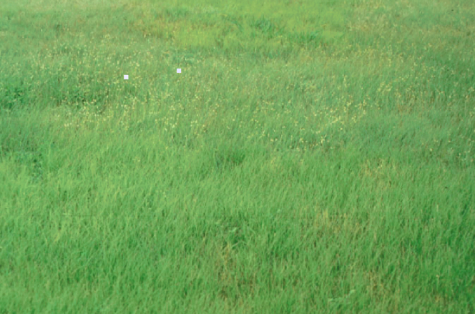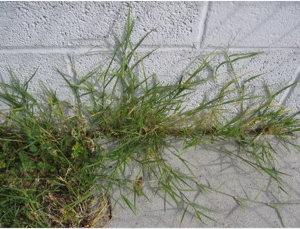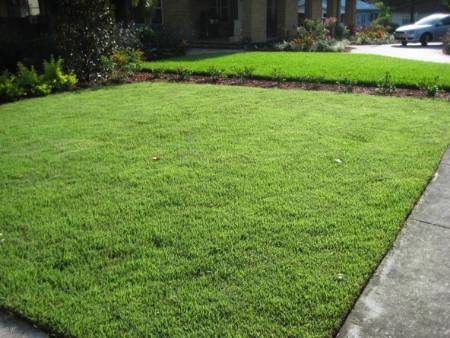Warm Season Lawn Care

Warm season grasses are becoming more popular across the area as they are lower maintenance and tend to tolerate drought and heat better than cool season grasses. However, many people try to care for their warm season lawn just like they used to with their tall fescue or Kentucky bluegrass yard when the new lawn requires a different treatment schedule. Let’s take a look at how to properly maintain your zoysia, bermudagrass and buffalograss lawn.
Bermudagrass-Bermudagrass often gets a bad rap for invading flowerbeds or being kinda weedy in appearance however the newer varieties are less invasive and provide a higher quality lawn over some of the older varieties. The best time of year to establish a bermudagrass lawn is from Mid-May through July when the days are warm and there is no danger of frost. Bermudagrass can be established via sod, plugs, sprigs or seed depending on the variety you prefer. One key to a quality lawn is to make sure you are using a variety that is cold hardy enough to survive our winters as many varieties are developed in the southern part of the United States. The best time to fertilize is from May to August with 1 pound of actual nitrogen per 1000 square feet two to four times during the summer. Bermudagrass can be mowed as low as 1” high once or twice a week depending on how dense of a lawn stand you want or 2” every ten days for a low maintenance lawn. The best time to control weeds is in October with some spot spraying in the spring to control any stragglers. Bermudagrass only requires water during the very hot and dry months and prefers the sunniest location you can provide.

Zoysia- One of the lesser known warm season grasses zoysia forms a dense stand of sod through aboveground and underground runners. This grass is drought and heat resistant along with being winter hardy. The one down side is that zoysia is prone to having a build up of thatch if not properly maintained. Zoysia is best planted via sprigs, sod or plugs as this grass does not produce true to type via seed. The best time to plant is from May through June to give enough time for the plants to develop a vigorous root system before the first frost. You can convert a cool season lawn to zoysia by plugging the current lawn or adding strips of zoysia grass around the yard and then mowing at one inch to facilitate the spreading of the zoysia. It can take a couple years with this method to completely take over the current cool season lawn but it is less expensive. Zoysia can be mowed anywhere from ½” to 1 ½” tall depending on how often you want to mow, the taller the mowing height the less you have to mow. Fertilizer should be applied similar to bermudagrass with 2-3 pounds of actual nitrogen applied throughout the growing season from May through August in several applications. Zoysia will need to be dethatched on a regular basis for the best health of the grass. Weed control is best in the fall with spot spraying in the spring.

Buffalograss-This native prairie grass has been growing in popularity as a lawn grass due to its drought hardiness, low maintenance nature of needing little fertilizer, and its low growing nature means it needs very little mowing throughout the summer. While buffalograss doesn’t need much water, it should be soaked thoroughly when it is watered. This grass can be planted via seeds, sod or plugs depending on your desire. Seed planting is best from April through June provided you can water the area on a regular basis to facilitate germination. If you use seed be sure to buy treated seed from a reputable dealer for the best start as buffalograss has a reputation for being harder to get started. While buffalograss seed is more expensive than other grasses you use less for the same area so the cost ends up being the same. The best time to fertilize is in early June with 1 to 2 pounds of actual nitrogen applied with a second application in mid-July if desired however buffalograss doesn’t need fertilizer in low maintenance lawns. Mow buffalograss at 2 ½” to 4” for home lawns while low maintenance areas can be mowed higher if desired.
Warm season lawns are becoming more popular as a low maintenance lawn that is drought and heat resistant. One of the downsides I hear from homeowners is that the lawns are brown from first frost till sometime in April or May depending on the grass or that they don’t have the same deep green color as cool season lawns however for many the benefits far outweigh the concerns. With proper care warm season grasses are a wonderful alternative to the traditional cool season lawn grass. It might take some adjustment on your part or the lawn companies to find the right treatment schedule for you but it can be done.

